A complete list of breeding methods and precautions for Paphiopedilum
Last Update :2024.05.16
Article Catalog
3. Problem diagnosis and treatment
Temperature: It is best to be between 15 and 25 degrees. The overwintering temperature should not be lower than 10 degrees and not higher than 30 degrees. Lighting: Can be placed in a semi-shady place to avoid exposure to the sun. Watering: Water once every two or three days in spring and autumn, once a day in summer, and less often in winter. Fertilization: Fertilize once every half month. Propagation: can be divided into plants. Repotting: Carry out once a year in April and May.

1. Maintenance methods
1. Maintenance methods
1. Temperature: Paphiopedilum likes warmth, but different varieties have different temperature requirements. Generally speaking, keeping it between 15 and 25 degrees is more suitable for various varieties. Its cold tolerance is not very good and cannot be lower than ten degrees. In addition, it is not resistant to high temperatures and cannot exceed thirty degrees.
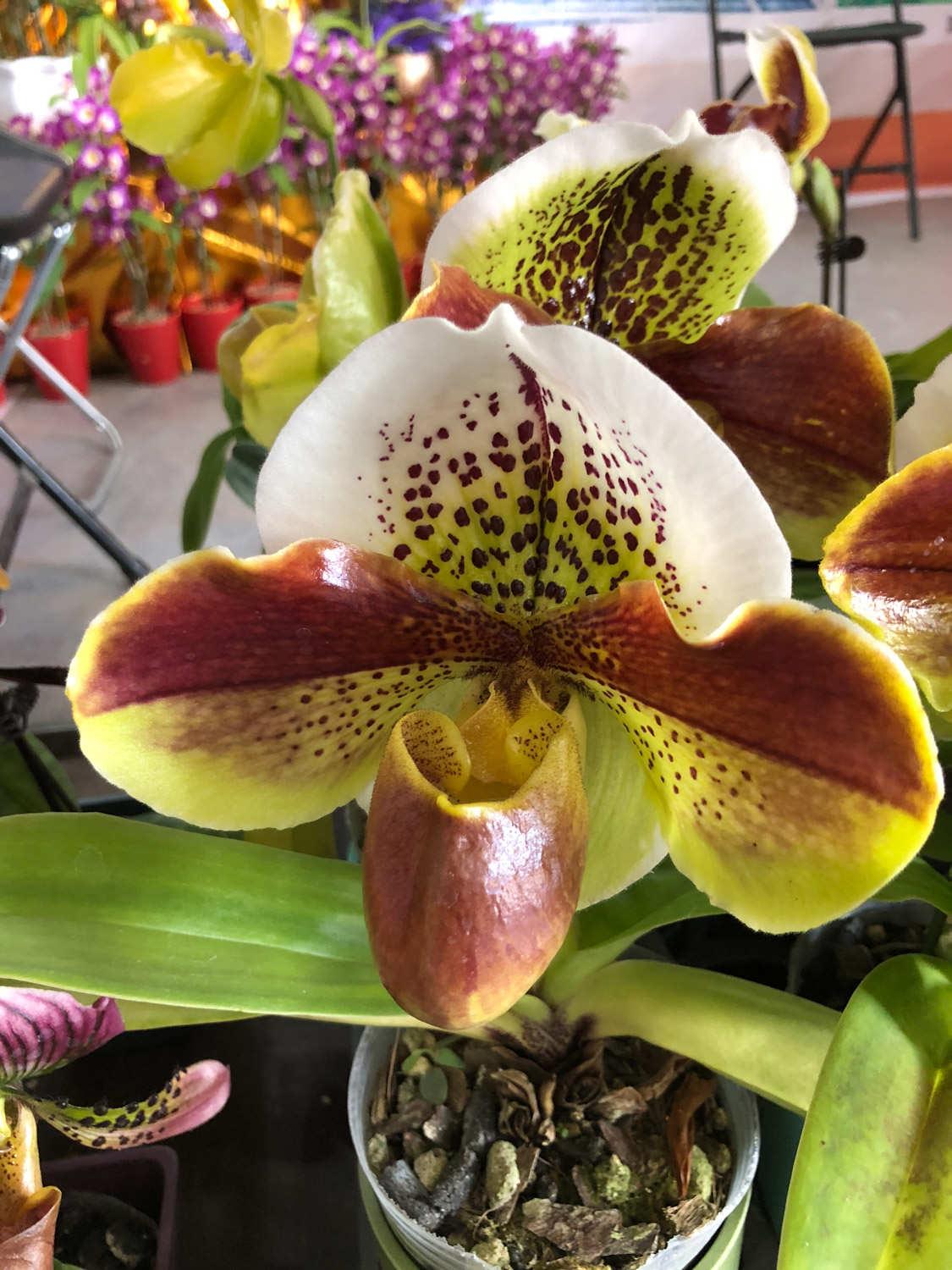
2. Lighting: Paphiopedilum does not like strong light , however, it cannot be completely dark. During its growing season, it is more suitable to place it in a semi-shady place, and a little astigmatism can meet its requirements. In winter when the light is not too strong, do not shade it and place it in a well-lit location.

3. Watering: Paphiopedilum likes moisture. environment. During growth, sufficient water needs to be added. Generally speaking, it needs to be replenished every two or three days in spring and autumn. In summer, it needs to be replenished in time. Generally, it needs to be watered once a day. Don't water too much in winter, just keep the soil from completely dry.

4. Fertilization: Fertilization can be done half a month in spring and autumn. Once, the effect of using compound fertilizer is good. There is generally no need to fertilize in summer and winter.

2. Breeding skills
1. Propagation: The common method is division. Choose a strong plant with more than six leaf clusters as the mother plant. Division can be done during the dormant period of the plant. After depotting the mother plant, remove the substrate from the root system without damaging the tender roots. Use a knife or other tools to divide the plant into three parts, and then plant them separately. After planting, place it in a cool and humid location.
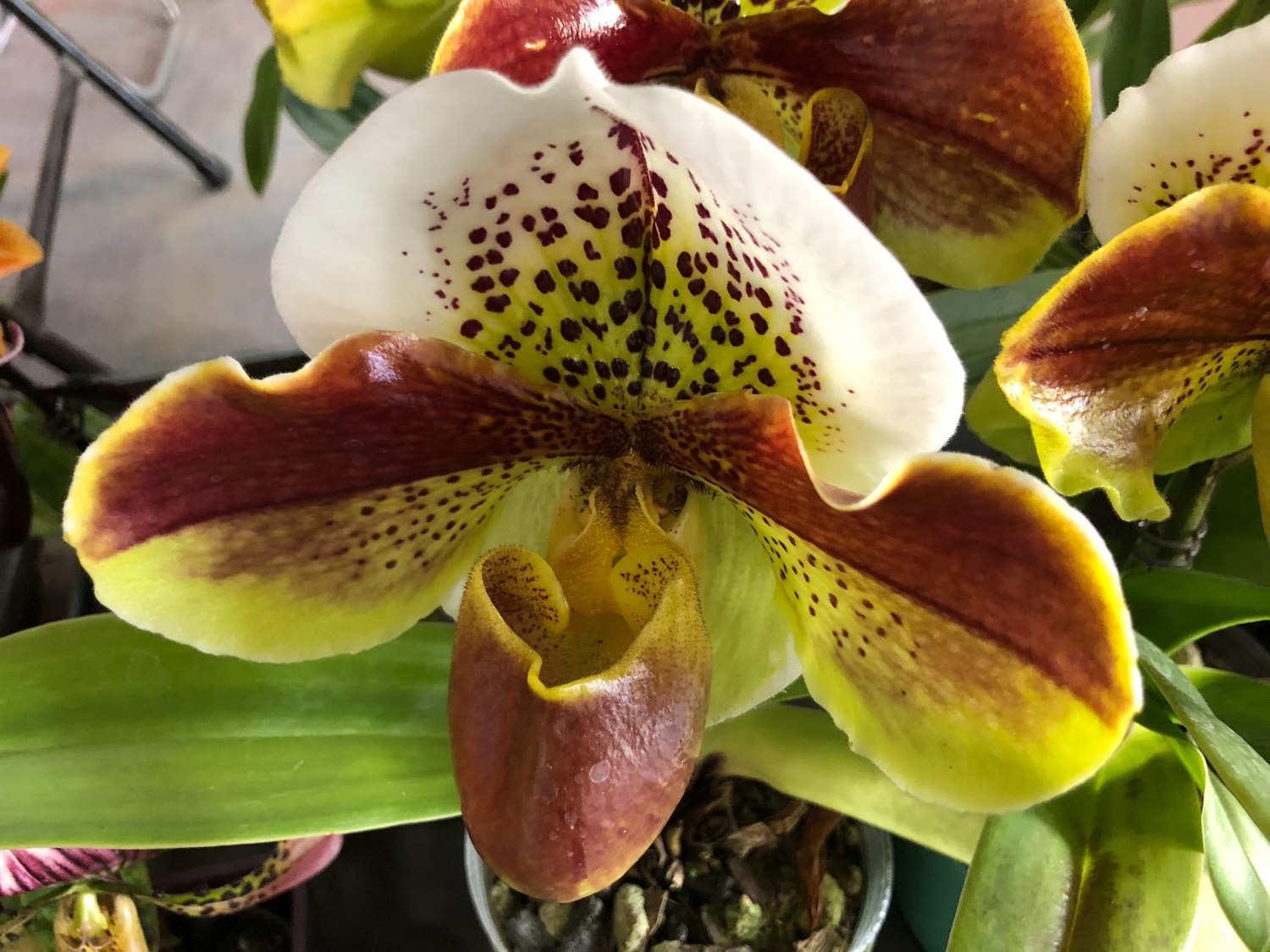
2. Change the pot: try to change it once a year . It can be done in April or May, or together with division propagation. It is necessary to choose fertile, loose soil with a pH of 6 to 6.5, such as leaf mold soil plus sand, vermiculite, etc. After changing the basin, it should also be placed in a cool place.

3. Problem diagnosis and treatment
1. Diseases: Diseases that harm leaves such as “leaf blight” may occur. These diseases occur more frequently in summer. It can be treated with chlorothalonil or carbendazim. At the same time, timely ventilation is required.
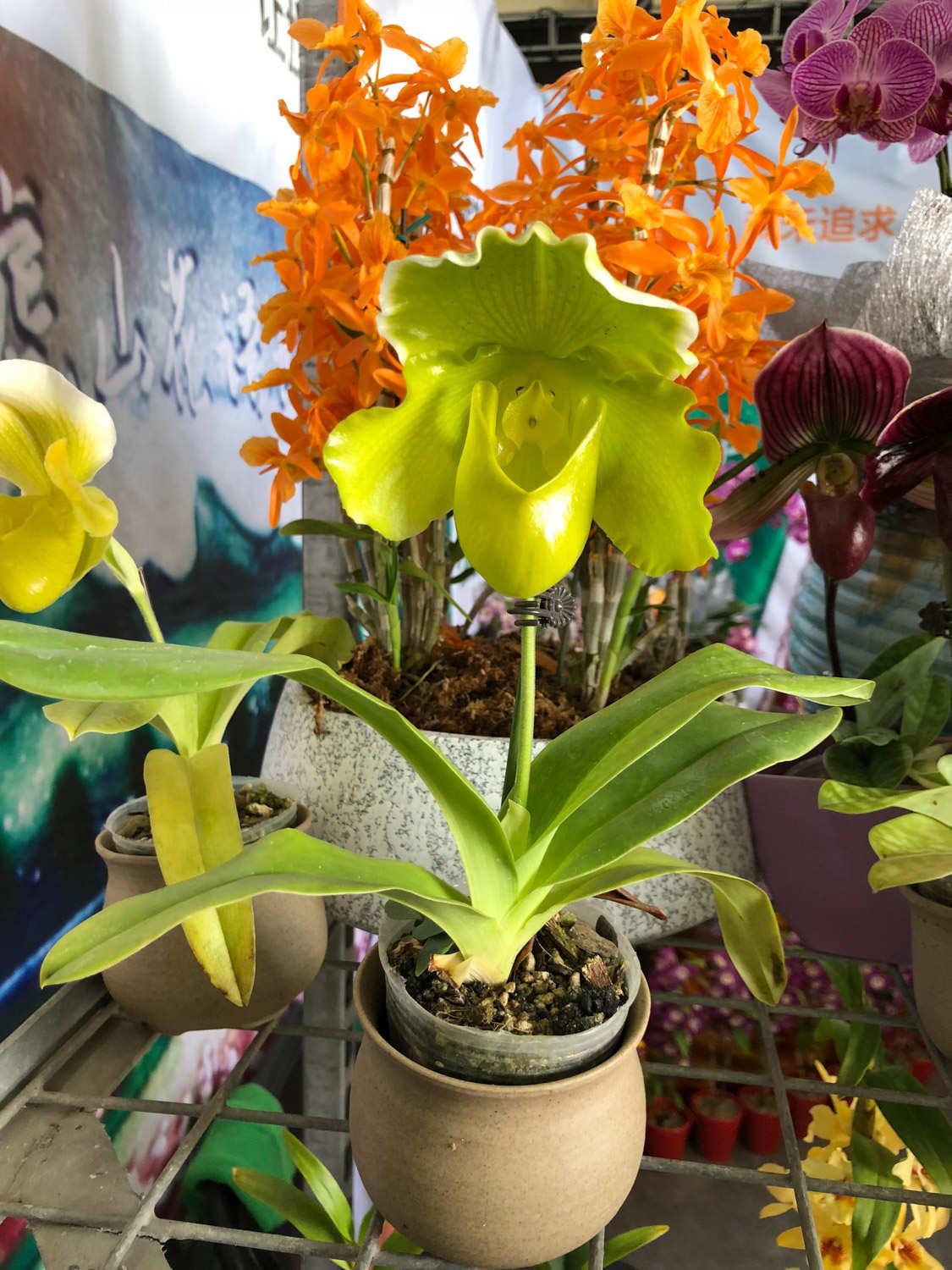
2. Pests: In winter, if If placed indoors without ventilation, "scale insects" may appear. They can be removed with the help of tools such as brushes, but if the number is very large, insecticides may be needed.

IV. Other issues
1. Flower language: Its flower language is "beauty" and "diligence and thrift".

2. Whether it can be raised at home: more suitable . Because it is highly ornamental and has a good meaning.

2. Breeding skills
3. Problem diagnosis and treatment
4. Other issues
- END -
Black beauty breeding methods and precautions
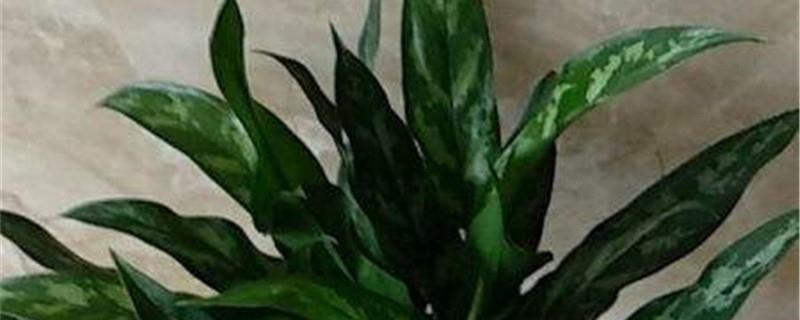
Substrate: When cultivating Black Beauty, it is better to choose a soil with good ...
What is pineapple? What is the difference between pineapple and pineapple?
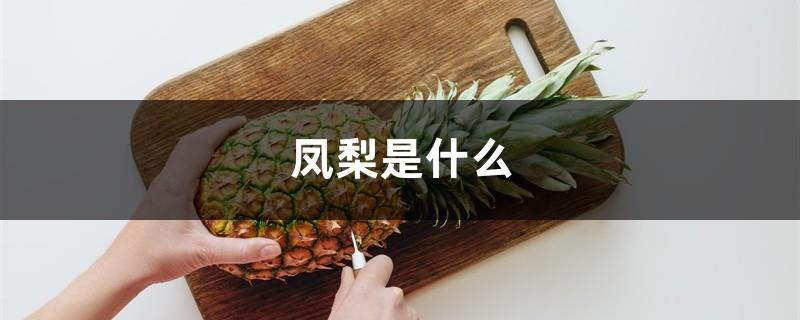
Pineapple is a herbaceous plant. The fruit grows among the leaves. The color of th...